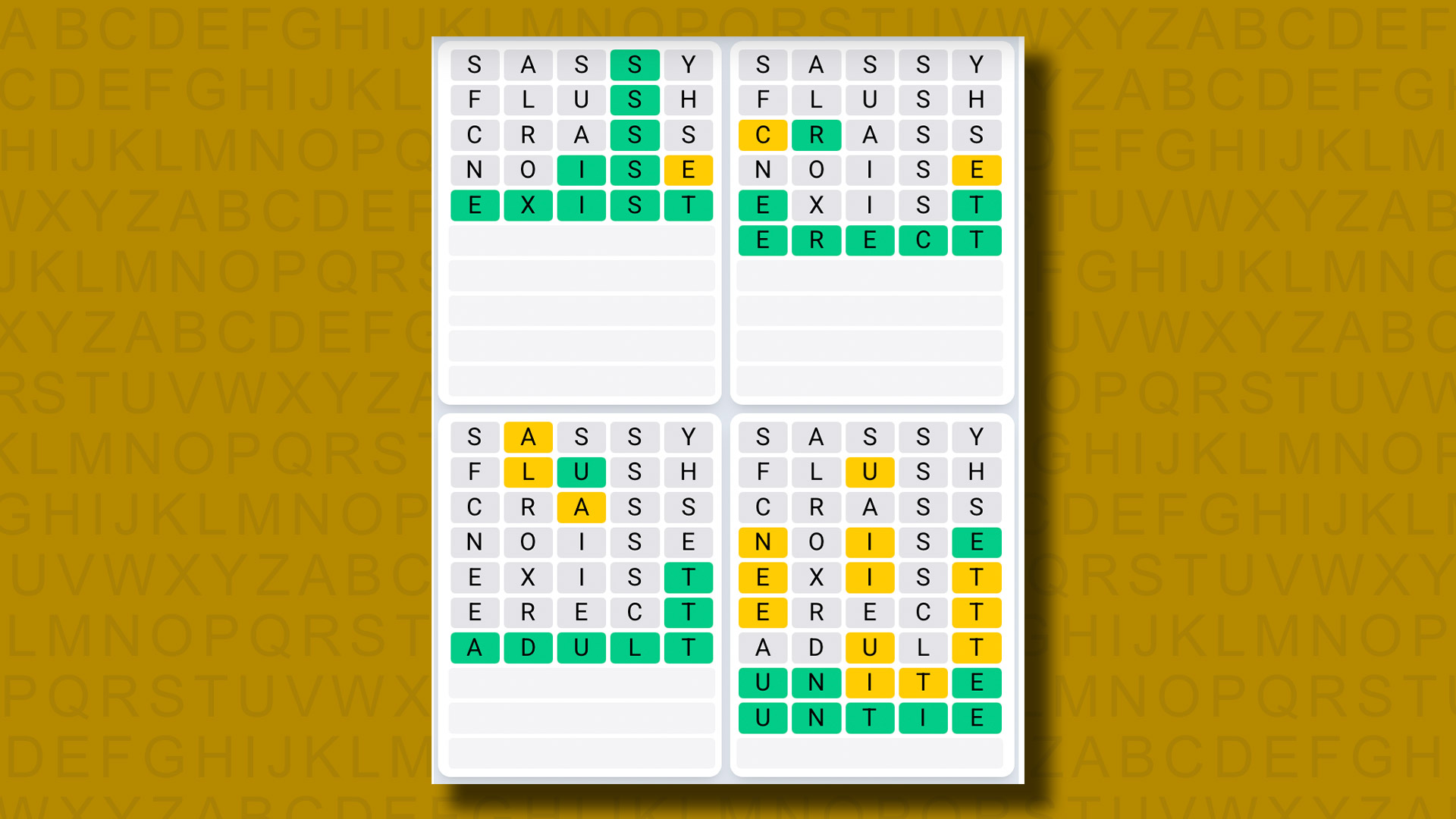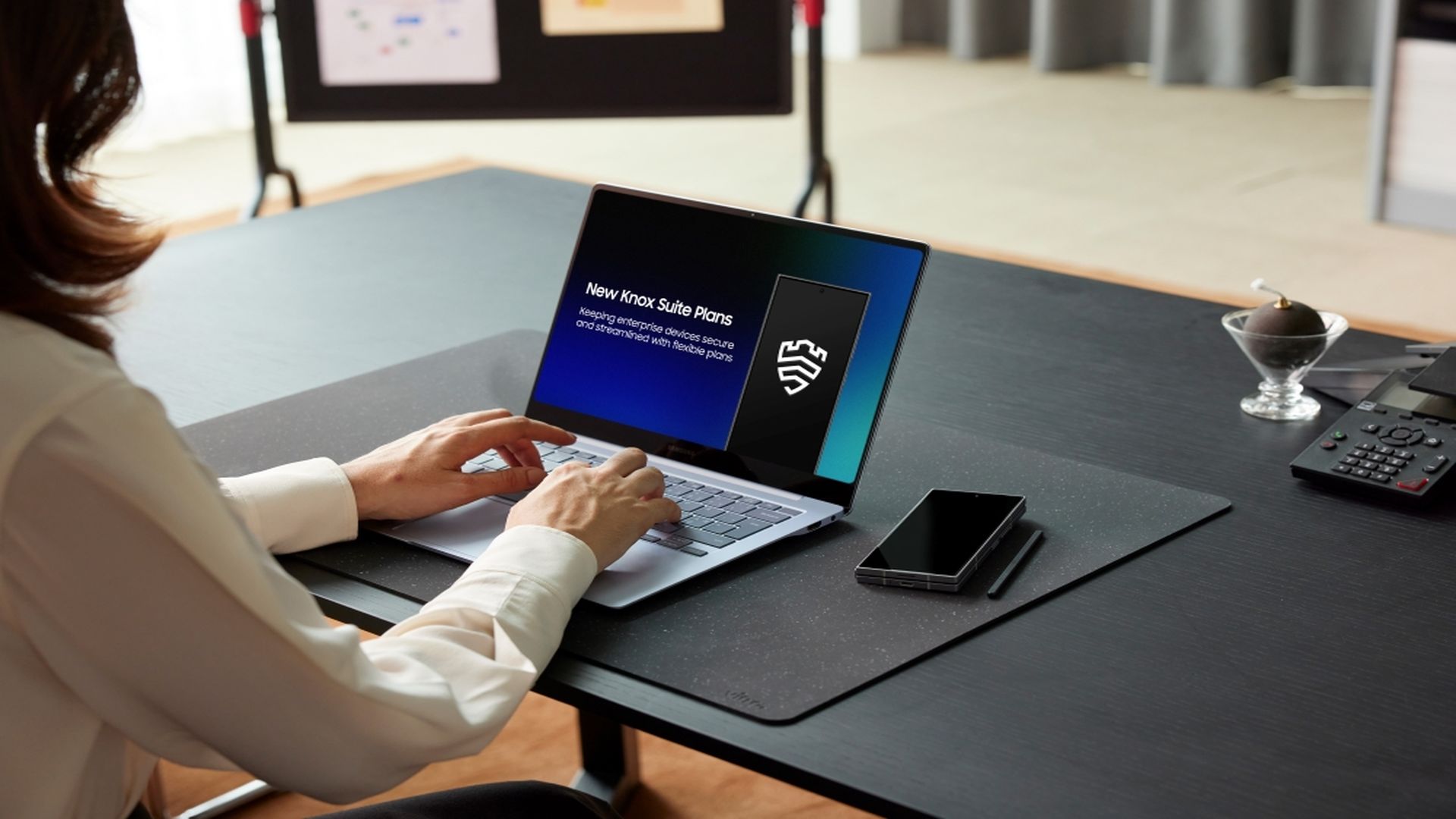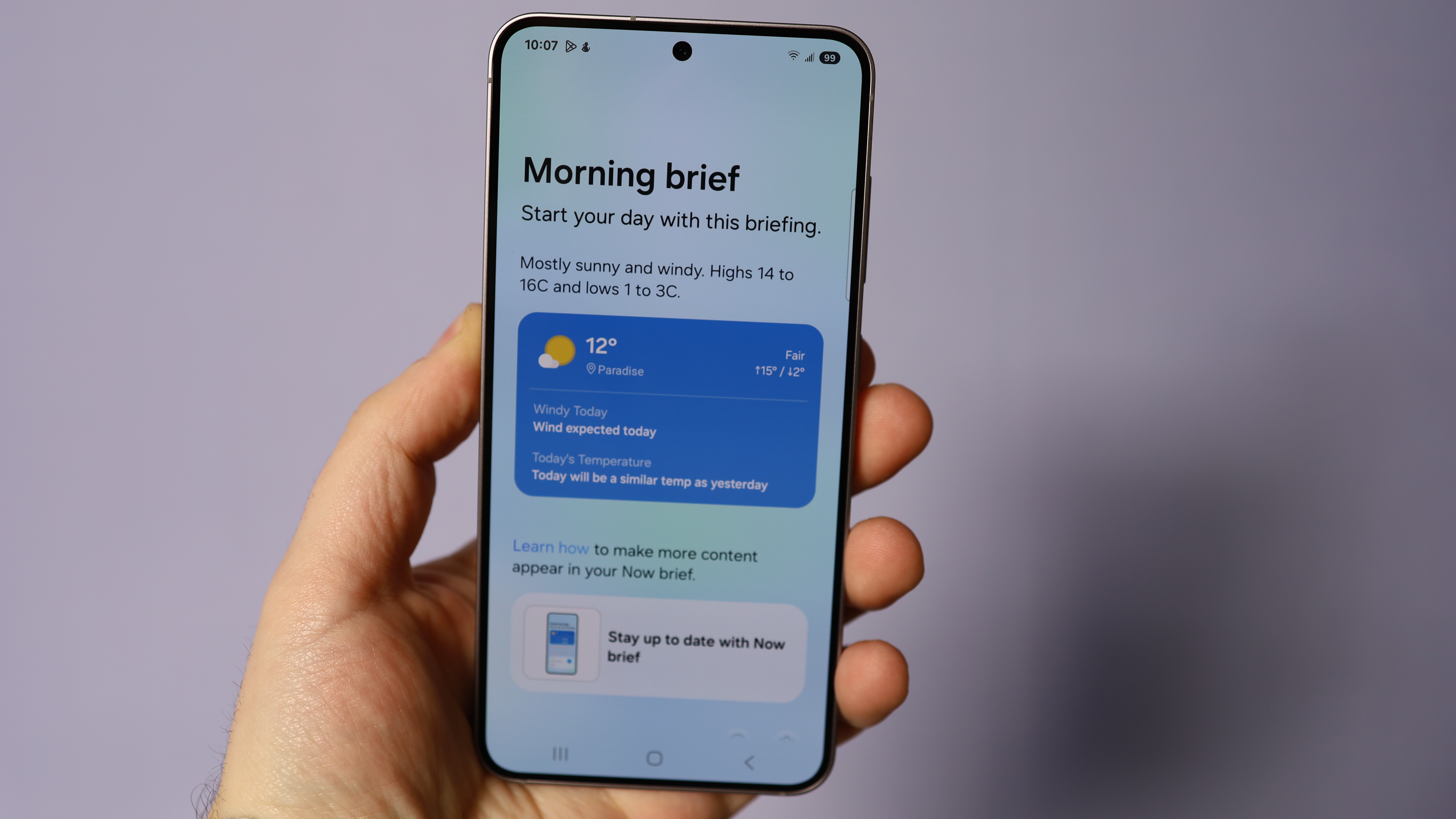Quordle was one of the original Wordle alternatives and is still going strong now more than 1,000 games later. It offers a genuine challenge, though, so read on if you need some Quordle hints today – or scroll down further for the answers.
Enjoy playing word games? You can also check out my NYT Connections today and NYT Strands today pages for hints and answers for those puzzles, while Marc’s Wordle today column covers the original viral word game.
SPOILER WARNING: Information about Quordle today is below, so don’t read on if you don’t want to know the answers.
Quordle today (game #1095) – hint #1 – Vowels
How many different vowels are in Quordle today?
• The number of different vowels in Quordle today is 3*.
* Note that by vowel we mean the five standard vowels (A, E, I, O, U), not Y (which is sometimes counted as a vowel too).
Quordle today (game #1095) – hint #2 – repeated letters
Do any of today’s Quordle answers contain repeated letters?
• The number of Quordle answers containing a repeated letter today is 3.
Quordle today (game #1095) – hint #3 – uncommon letters
Do the letters Q, Z, X or J appear in Quordle today?
• No. None of Q, Z, X or J appear among today’s Quordle answers.
Quordle today (game #1095) – hint #4 – starting letters (1)
Do any of today’s Quordle puzzles start with the same letter?
• The number of today’s Quordle answers starting with the same letter is 0.
If you just want to know the answers at this stage, simply scroll down. If you’re not ready yet then here’s one more clue to make things a lot easier:
Quordle today (game #1095) – hint #5 – starting letters (2)
What letters do today’s Quordle answers start with?
• R
• S
• W
• B
Right, the answers are below, so DO NOT SCROLL ANY FURTHER IF YOU DON’T WANT TO SEE THEM.
Quordle today (game #1095) – the answers

The answers to today’s Quordle, game #1095, are…
A rare day without an E.
I was thrilled when I got RUGBY in three goes – mainly because after deciding to go with a word that began RU I couldn’t think of any others – but then I really laboured over the next word.
Words beginning in S and ending in Y are pretty common – or at least it feels like it. Getting the second letter narrowed it down a little, but it still took me three goes before I guessed SASSY – another Qourdle deja-vu word that I’m sure was used recently.
Daily Sequence today (game #1095) – the answers

The answers to today’s Quordle Daily Sequence, game #1095, are…
Quordle answers: The past 20
- Quordle #1094, Wednesday 22 January: SLANT, TRUNK, WOOZY, EATEN
- Quordle #1093, Tuesday 21 January: CHART, VIGOR, PRINT, SPAWN
- Quordle #1092, Monday 20 January: SIXTY, THONG, TATTY, ROBIN
- Quordle #1091, Sunday 19 January: WREST, RINSE, SCOUR, CANNY
- Quordle #1090, Saturday 18 January: BLARE, ITCHY, BICEP, PIPER
- Quordle #1089, Friday 17 January: CATCH, WEARY, SWOON, LATHE
- Quordle #1088, Thursday 16 January: PARTY, BLUNT, TWEED, PLANT
- Quordle #1087, Wednesday 15 January: RISEN, PLATE, RURAL, ENVOY
- Quordle #1086, Tuesday 14 January: SWARM, SCRAP, ONION, BELCH
- Quordle #1085, Monday 13 January: EYING, GIDDY, CHEAP, PETAL
- Quordle #1084, Sunday 12 January: BRIEF, PETAL, WOMAN, FELON
- Quordle #1083, Saturday 11 January: ASCOT, FIBER, ROGUE, SMELL
- Quordle #1082, Friday 10 January: BIGOT, INLET, LEECH, TUNIC
- Quordle #1081, Thursday 9 January: RESET, HUMOR, TENOR, IMAGE
- Quordle #1080, Wednesday 8 January: MINCE, SADLY, RISEN, VOUCH
- Quordle #1079, Tuesday 7 January: CREED, FILET, ROUTE, TAPER
- Quordle #1078, Monday 6 January: PIVOT, WOOLY, GRUNT, GROOM
- Quordle #1077, Sunday 5 January: BORAX, JUDGE, CADET, SALON
- Quordle #1076, Saturday 4 January: CORER, CRATE, QUASI, EXIST
- Quordle #1075, Friday 3 January: PERKY, QUARK, NAVEL, SHEEN













/cdn.vox-cdn.com/uploads/chorus_asset/file/25842951/IMG_A7D350269C5C_1.jpeg)














You must be logged in to post a comment Login